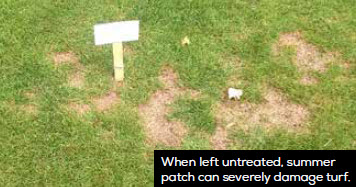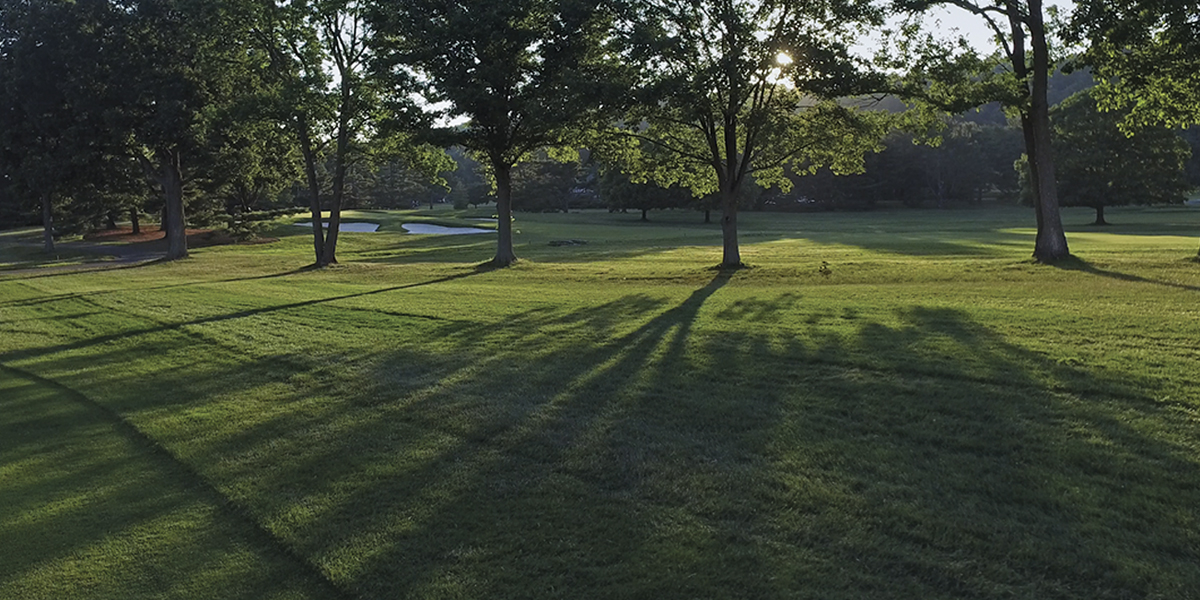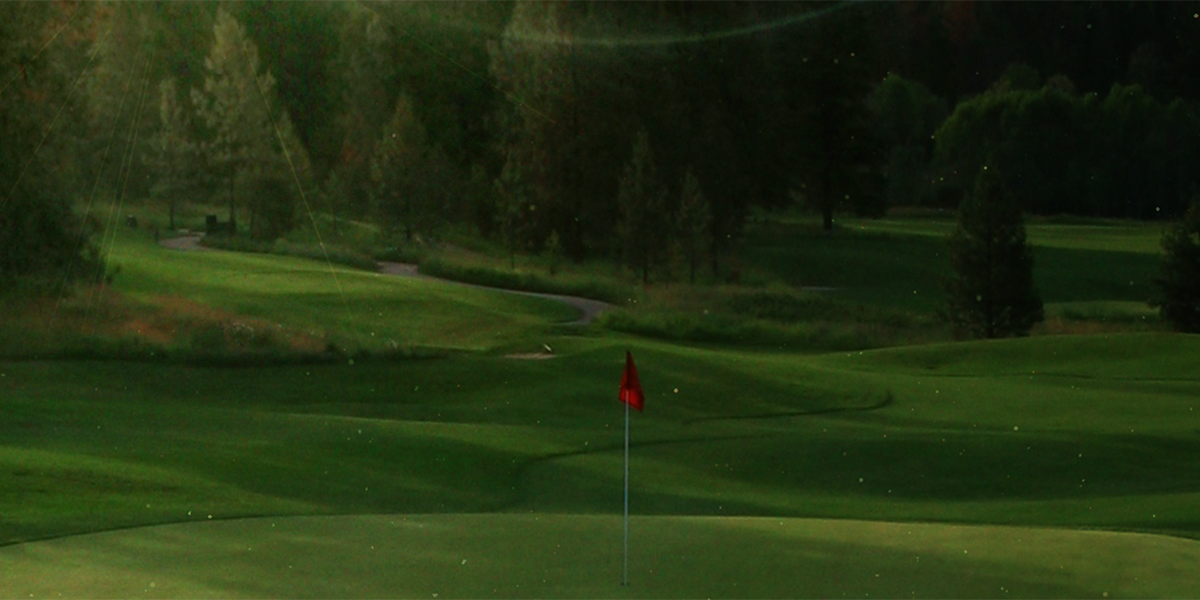Q&A with Jen Browning, PCA
Summer patch plagues some courses with perennial pressure and months of susceptibility, and superintendents are responding to this added stress in a variety of ways.

Jen Browning
Senior Technical Specialist

1. What are some differences in how we are managing summer patch now?
For the hardest hit courses, pressure is triggered in early spring and is constant through summer due to mild temperatures like those along the coast. Courses may tighten the intervals on their applications from 28 days to 21 or even 14. That is not a scenario anyone wants to entertain, especially in the west where we have escaped having to spray at shorter intervals for a single target. But once the season starts, it can last for months: the onset of soil temperatures at 65° F initiates the season. The weather, course terrain and other conditions dictate how long it persists. Long seasons are a challenge to program across effective chemistries, modes of action, and the schedule required to manage that pressure.
2. What are the other conditions that contribute to summer patch pressure?
The “other conditions” vary and can include whether or not the course has nematode pressure. Where superintendents report successful nematode reduction, they also report less summer patch pressure, and overall better canopy quality. That makes sense when you think about cumulative stressors on root systems and how improving root vigor improves stand density. One of the most interesting conditions we have discussed this past year has been fertility, which is not something we spend as much time on in turfgrass IPM.
3. Fertility? Is this about nitrogen?
Nitrogen and N-sources are important, but these recent conversations and tests have been focused on manganese. Clarke, Vincelli, Koch & Munshaw (2020) recommend 6 lbs of Mn/A applied as manganese sulfate in spring. It turned out, some properties with high summer patch pressure were short of that. Last year, I started asking about it specifically when working with more tenacious summer patch-prone properties. Eventually I worked with a couple of experimental, collaborative types who decided to mix test rescue applications with 2 lbs of Mn/A. And they got better results. “Rescue” applications for summer patch are a mixed bag in any case: as we know, the roots are already injured. But they saw faster turnaround in canopy color and made this note: don’t skip the spring manganese. With more conversations, I found a number of superintendents who had experience with summer patch and were now fastidious about their manganese management...and no longer fought with Magnaporthiopsis injury every spring and summer.
4. How does fertility information fit into a program for prevention?
For Bent-Poa, or monoculture greens of either, the nitrogen source and manganese and timing are both somewhat simple, foundational recommendations. Note that manganese is important for root vigor that also helps protect against take-all patch of bentgrass (Gaumannomyces sp.), a look-alike for summer patch in stands of mature bentgrass. Once those two and the rest of fertility are dialed in, check for nematodes, and manage them if you’re nearing, at, or over threshold. Finally, dial in your preventive summer patch chemistry program. Start at 65° F soil temperatures and plan to be proactive on 28-day intervals knowing the chemistries that protect against Magnaporthiopsis are preventive for the key diseases of both cool and warm season turfgrasses. BASF solutions include Maxtima® fungicide, Navicon® Intrinsic® brand fungicide, Lexicon® Intrinsic brand fungicide, Honor® Intrinsic brand fungicide, and Xzemplar® fungicide. Our programs rotate in other effective chemistries including 3336® fungicide from NuFarm.
5. What else can superintendents do to help develop summer patch programs?
A lot of what has been learned regionally in the last few years has been at GCSA meetings, in phone calls and emails from people who were willing to share their spray records, photographs, and experiences. Consultations with Dr. Jim Kerns of NC State University, Dr. Rick Latin of Purdue University (emeritus), and Dr. Lee Miller of Purdue University have been invaluable in figuring out the puzzles at golf courses around the west and farther afield. These conversations plus research trials and everyone’s time are continuing to build better programs for everyone. Let’s keep talking about summer patch.




